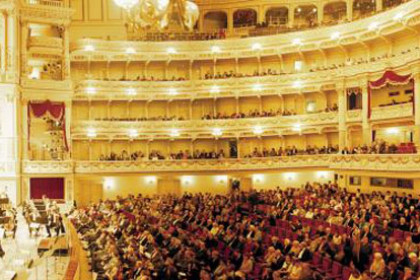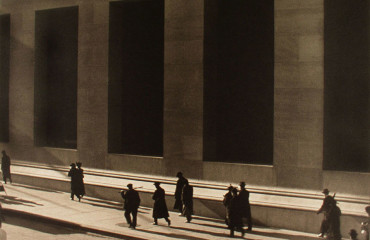
22nd May 1813 – 22nd May 2013: Saxony celebrates the two hundredth birthday of Richard Wagner’s romantic musical genius. Born in Leipzig, moved after his father’s death in 1814 to Dresden and then came back later in Leipzig, Wagner has linked its name to various locations in the German “Land”. Here, then, that throughout 2013 the great composer will be celebrated with concerts, exhibitions and festivals.
The occasion is unique to visit one of the most beautiful regions of Germany and combine the pleasure of a holiday to the cultural enrichment. A Saxon tour in the footsteps of Wagner can only start from Leipzig, so loved and hated by the Master. The brochure “Wagner Ways in Leipzig” published for the occasion by Wagner Society of Leipzig, guide visitors to the places linked to the composer: from the house to the Church of St. Thomas, where he was baptized, to the school of St. Nicholas. The tribute of the hometown is a series of concerts culminating with the Richard Wagner Festival, from 16th to 26th of May. Among the represented operas, Parsifal and Rienzi; from 18th and 22nd of May there will be the Richard Wagner Kongress.
For those who want to combine the pleasure of music with those of the palate, the Weinstock Restaurant offers a menu with courses in vogue among the rich class of Wagner’s period, like bitter herbs soup with shrimps or pork with quail eggs and acid bread.
Even in Dresden Wagner’s places are many. In this city he lived his childhood, only to return at 24 years old. Here he was inspired to compose the opera “Rienzi” and met his first wife, Minna. In the beautiful Frauenkirche, Wagner had the idea to stage “Das Liebesmahl der Apostel” with an orchestra of 100 musicians and singers 1200 (in this church will hold a re-enactment May 18). More events include the Dresden Music Festival on May 25, arias and choruses from the works of Wagner, the concert on June 5th and 6th of the Dresden Philarmonic with arias from operas by Wagner and the exhibition “Richard Wagner in Dresden: myth and history” to the Stadt Museum.
Wagner’s traces lead to many other Saxon destinations. For example, in places where he loved to rest, like Graupa, where he rented a house in the summer of 1846 to «forget the work of composer» and instead he found the inspiration for the music of “Lohengrin”, generated by the incredible natural sceneries of Saxon Switzerland. Today the Lohengrin Haus has been transformed into a museum dedicated to Wagner.
Source: PR Partner
 English
English  Italiano
Italiano 



